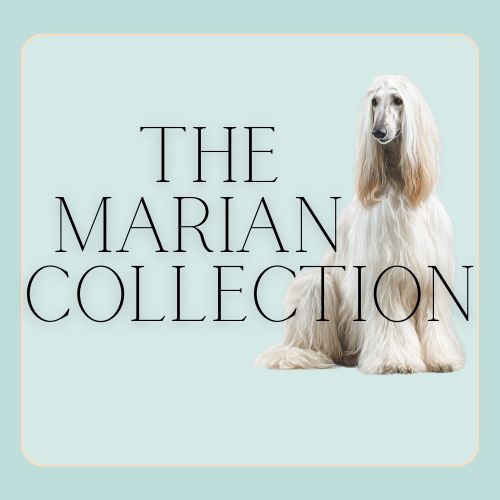
The history of the flower frog and why we love it!
We here at The Marian Collection are a little obsessed with the reemergence in popularity of the flower frog. Not only are they functional, but they are also very pretty to look at. Flower frogs bring a quiet, sculptural presence to a tabletop, anchoring stems and inviting arrangements that feel intentional, tactile, and timeless.
Origins and Ikebana
Flower frogs trace their roots to the Japanese art of ikebana, where simple metal holders were used as early as the 14th century to position a few carefully chosen blooms precisely in shallow bowls. The restraint and focus of ikebana taught Western designers how limitation breeds creativity, and the kenzan pin-style frog remains a direct descendant of that tradition.
Western Adoption and Industrial Era Variations
During the late 19th and early 20th centuries, Western interest in Japanese design helped popularize these holders in Europe and North America. Manufacturers began producing a wide range of frogs in glass, ceramic, and metal, from small practical grids and cages to decorative figural pieces meant to be displayed between uses. These variations allowed both everyday homemakers and professional florists to experiment with form, texture, and silhouette.
The Foam Era and Collecting Revival
Mass use of water-absorbing floral foam after the 1950s reduced commercial demand for frogs, but it also created a generation of collectible vintage examples. Today collectors prize rare figural frogs and art-pottery pieces for their craftsmanship and patina. At the same time, florists and hobbyists have rediscovered frogs for their reusability, superior stem support, and creative control.
Contemporary Use and Styling Tips
Modern designers use a variety of frogs—glass grids, metal cages, pin frogs—for both practical stem support and as a stylistic choice that connects arrangements to ikebana’s economy of line. Styling tips we love:
-
Use a pin frog (kenzan) in shallow bowls for single-stem focus and vertical drama.
-
Choose a glass grid for delicate stems; it keeps water visible and arrangements airy.
-
Place a small figural ceramic frog inside a vintage vase as both tool and hidden treasure.
-
Combine frogs with natural materials like moss or river stones to conceal mechanics while enhancing texture.
-
Cut stems at an angle and secure thicker stems through multiple pin points for stability.
Care, Sourcing, and Where to Look
Flower frogs are low-maintenance: rinse metal or glass frogs after each use to prevent rust or mineral build-up, and soak ceramic pieces to remove residue. Source frogs from antique markets, ceramics studios, and specialty floral suppliers; look for kenzan made of heavy brass for longevity and hand-blown glass grids for vintage charm. For a curated, sustainable kit, pair a compact frog with a shallow bowl and a simple pair of snips.
Why we think you will love them too!
Flower frogs are a small object with a big influence on how we arrange, display, and think about flowers—functional tools that double as decorative accents. We love them because they let the blooms speak, and because they bridge centuries of floral tradition with modern, mindful styling.





